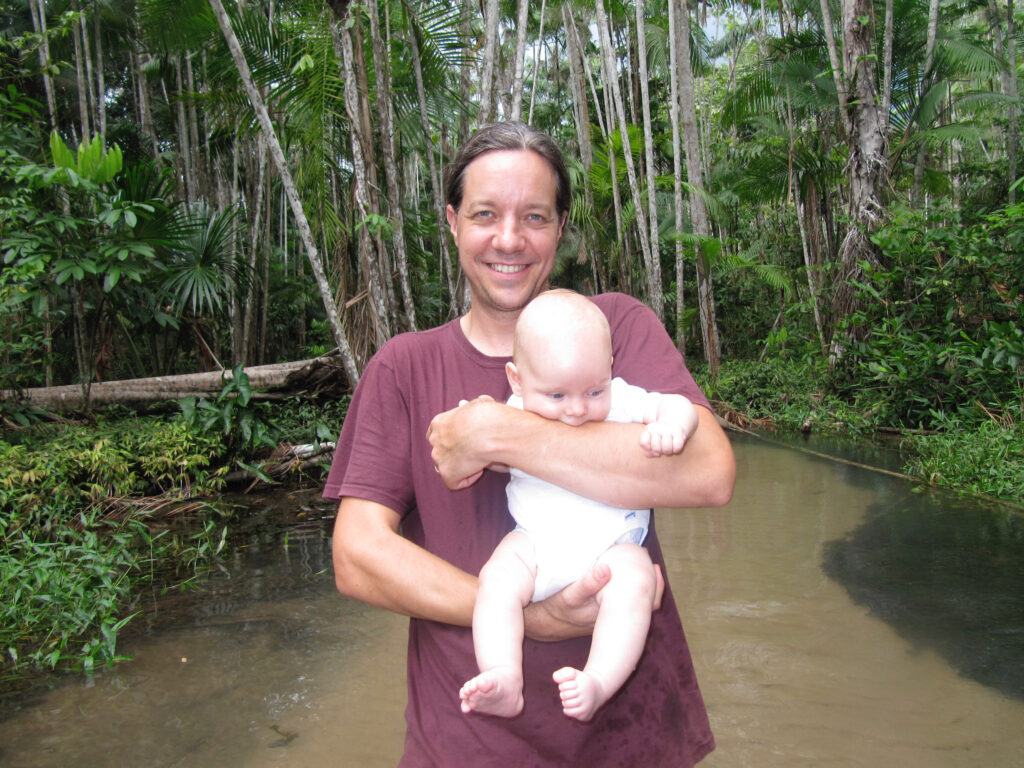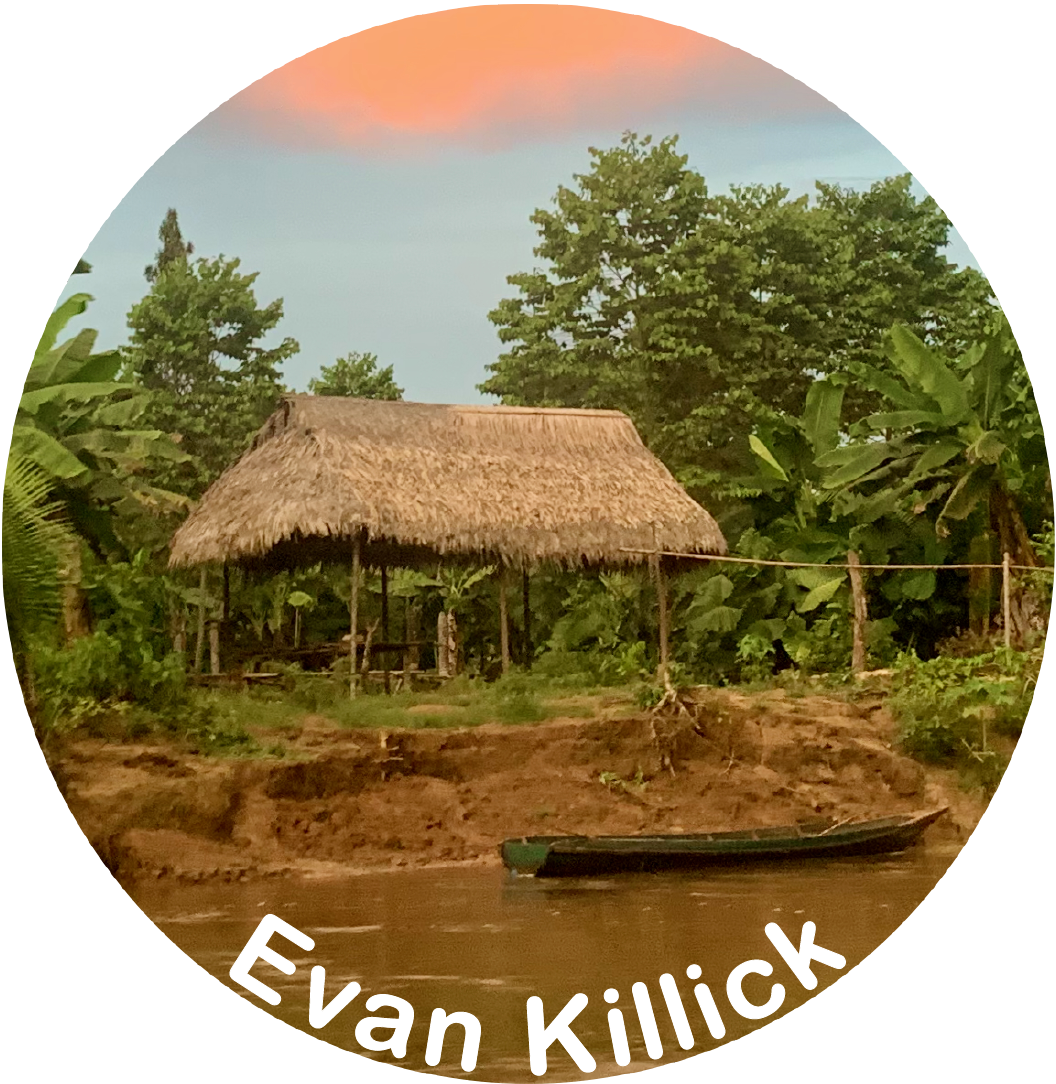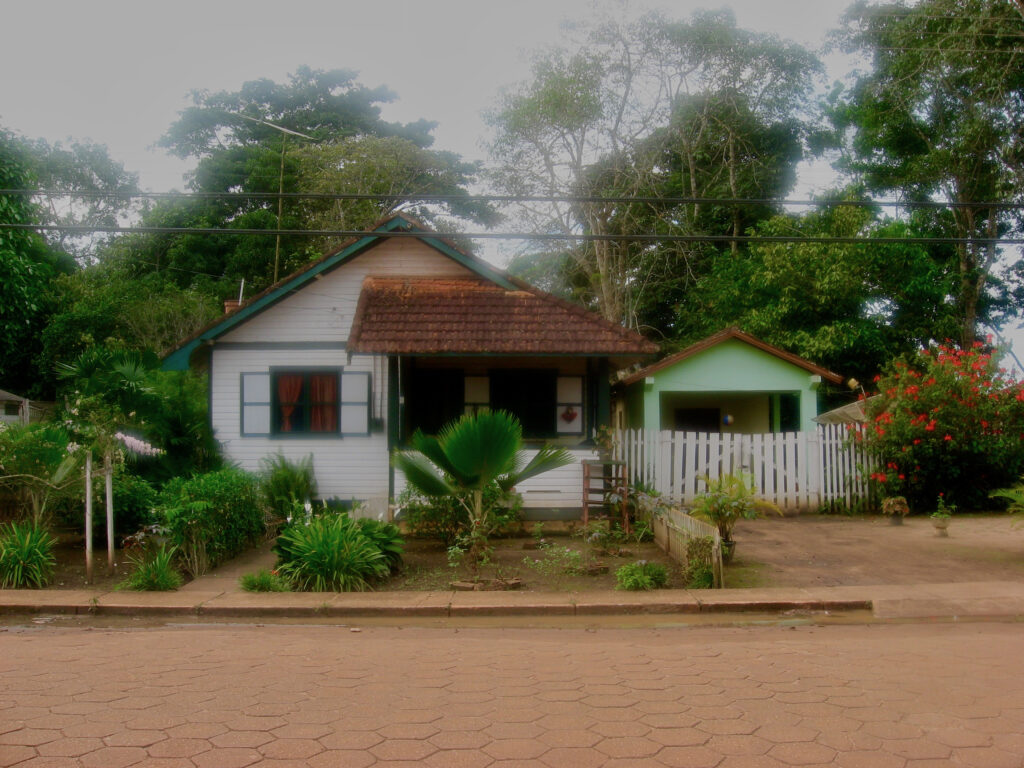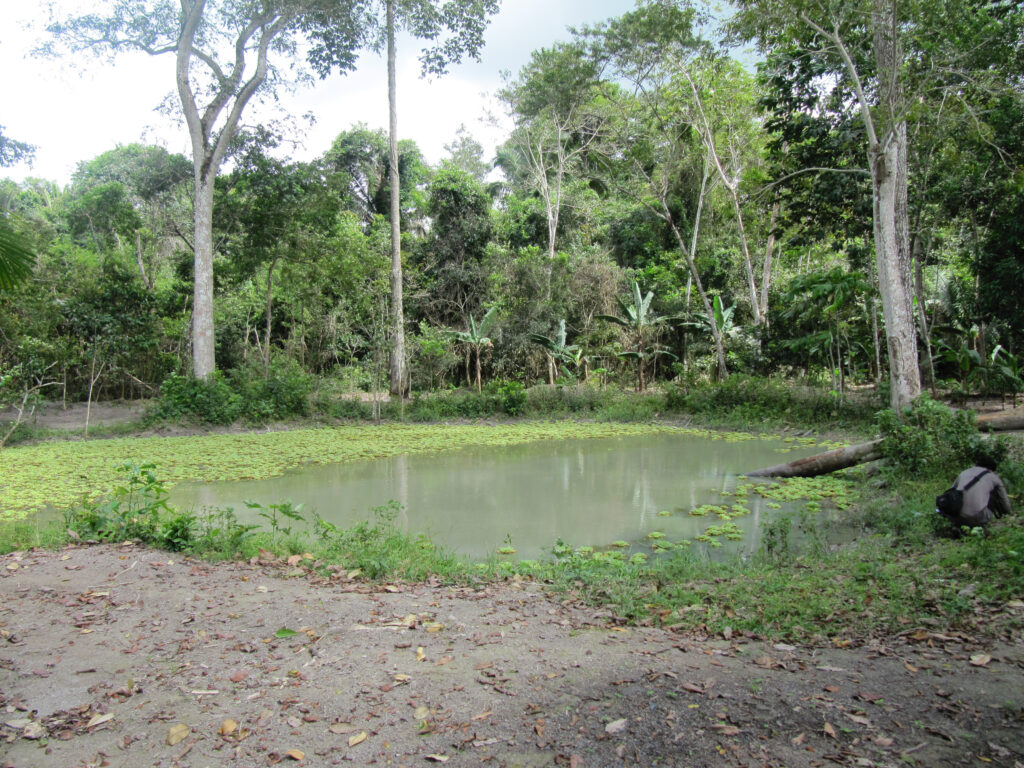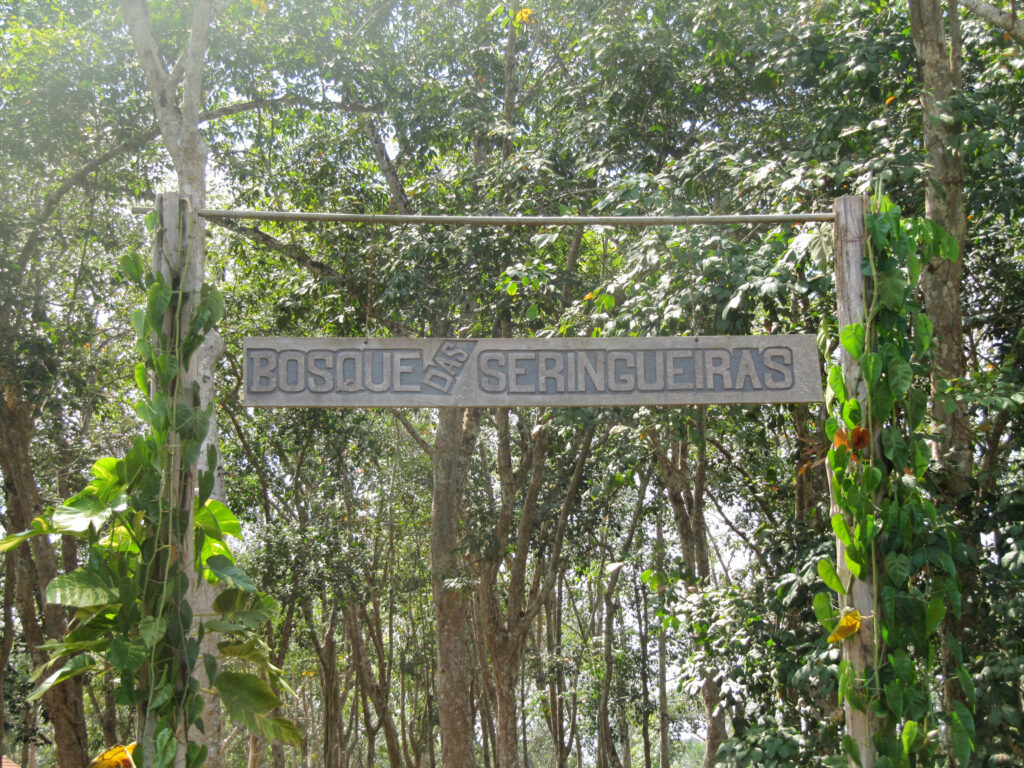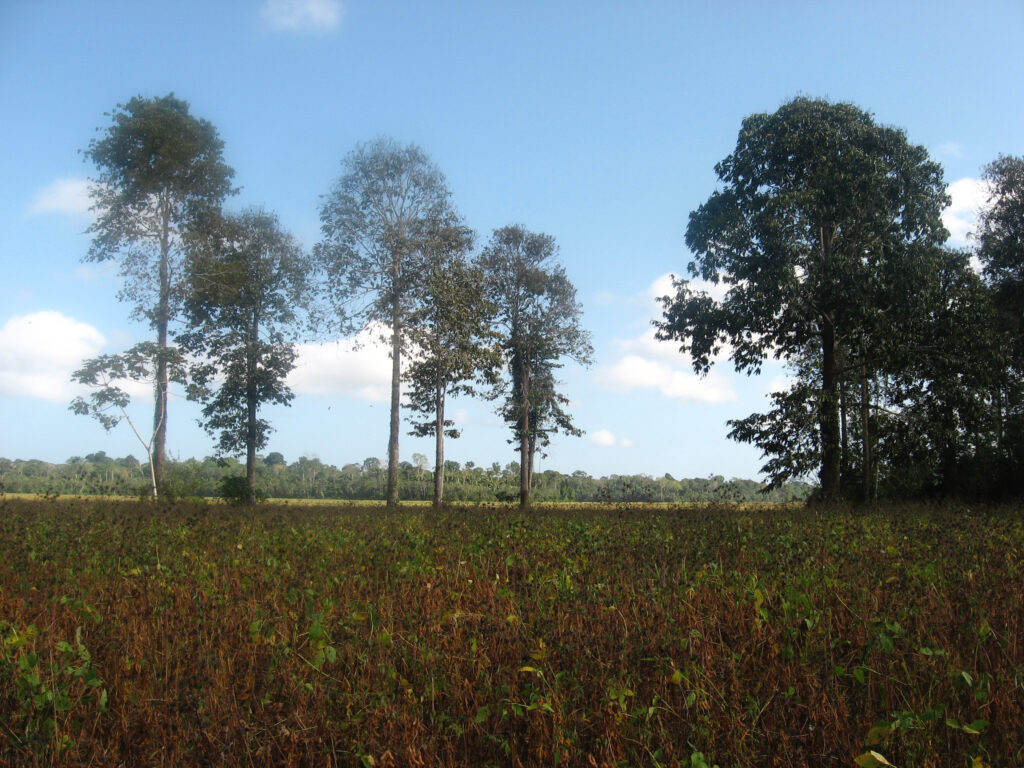
Environmental Economics in Brazil and Bolivia
Soybean Expansion and Inequality in the Brazilian Amazon
After completing my PhD I secured a Nuffield New Career Development Fellowship for the project ‘An Inter-Disciplinary Study of the Relationship Between Soybean Cultivation and Poverty in the Brazilian Amazon’.
Mentored by Dr. Diana Weinhold, an economist at the LSE, the project used a combination of quantitative and qualitative research methods to examine the relationship between soybean agricultural expansion in the Brazilian Amazon and local levels of poverty.
For the project I conducted two periods of fieldwork around the city of Santarém, where Cargill, the international, food corporation had built a grain port. Based in the town of Belterra, I spent time with local residents and farmers. With them I examined the local history not only of agricultural expansion but also wider histories of local land use, migration, and inter-ethnic relations.
Our inter-disciplinary approach allowed us to show how even as increased soy production could be understood as reducing poverty indicators and raising median rural incomes, the associated increases in inequality accentuated longer-standing prejudices and tensions between different waves of migrants to the region.
The research also led to my own, deeper anthropological exploration of the history of human-environmental relations in the area around Belterra which includes pre-European, large-scale settlements, terra preta (black earth), and a rubber plantation owned by the Ford Motor Company. This led me to interrogate common modernist/non-modern tropes and argue that paying attention to social and environmental complexity as well as local, hybrid social and cultural forms may offer hope for a wider, shared social and environmental future.
Relevant Publications:
Weinhold, Diana; Evan Killick & Eustáquio J. Reis. 2013. Soybeans, Poverty and Inequality in the Brazilian Amazon. World Development. 52:132-143.
Killick, Evan. 2018. Rubber, terra preta and soy: a study of visible and invisible Amazonian modernities. Journal of Anthropological Research. 74(1):32-55.
Deforestation and REDD+ in Bolivia
My collaboration with economists for the soybean research led to further opportunities for interdisciplinary work in Bolivia. Now working with a team that also included geographers and computer scientists, the project, ‘The REDD Game: A didactic tool for designing effective, efficient and equitable policies to deliver REDD in Bolivia,’ looked at rates of deforestation in the Bolivian lowlands, particularly in the region of Rurrenbaque and the potential for REDD+ payments to reduce or reverse environmental degradation. Project funds supported the fieldwork of one of my PhD students, Esther Lopez Pilar, and her examination of local understandings of both forest protection and REDD+ interventions. The project also produced a computer-based model of local, land-use choices, SIMPACHAMAMA.


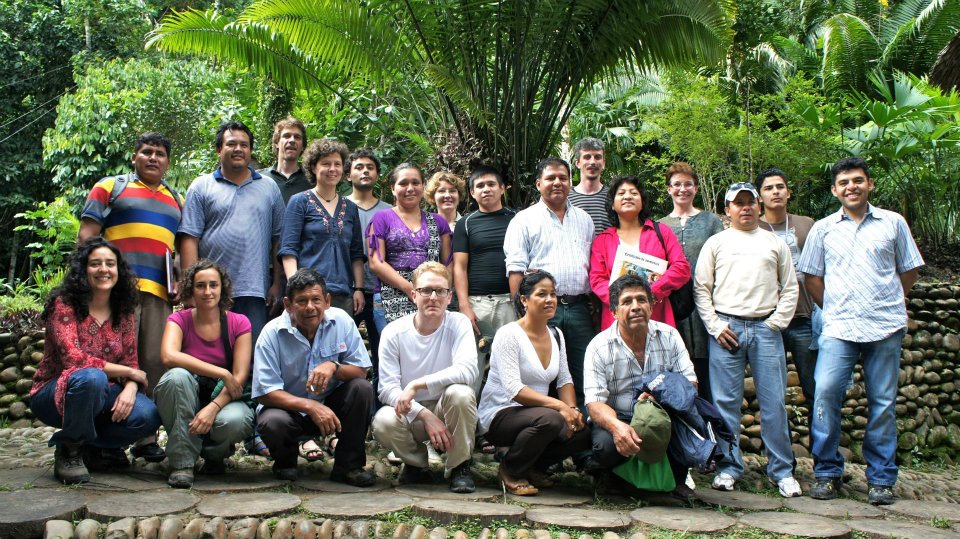
The REDD Dilemma
Simpachamama

SimPachamama is an Agent Based simulation tool, which mimics the behavior of a small community located at the agricultural frontier. The user takes on the role of the mayor of the community, and the objective is to implement policies so as to improve human well-being as much as possible without destroying the environment. The simulation also includes the possible impact of REDD+ payments.
Led by Dr. Lykke E. Andersen of INESAD (Instituto de Estudios Avanzados en Desarrollo), Bolivia, The SimPachamama project was financed by the DFID-financed “Ecosystem Services for Poverty Alleviation” (ESPA) programme.

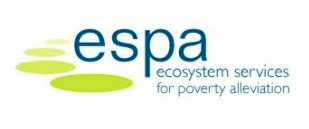
Publications:
¿Qué es SimPachamama? en Síntesis: Boletín Informativo del Instituto de Estudios Avanzados en Desarrollo. Agosto 2013.
Andersen, LE; B. Groom; E. Killick; J.C. Ledezma; C. Palmer; & D. Weinhold. 2017. Modelling Land Use, Deforestation, and Policy: A Hybrid Optimisation-Heterogeneous Agent Model with Application to the Bolivian Amazon.Ecological Economics. 135:76-90.
